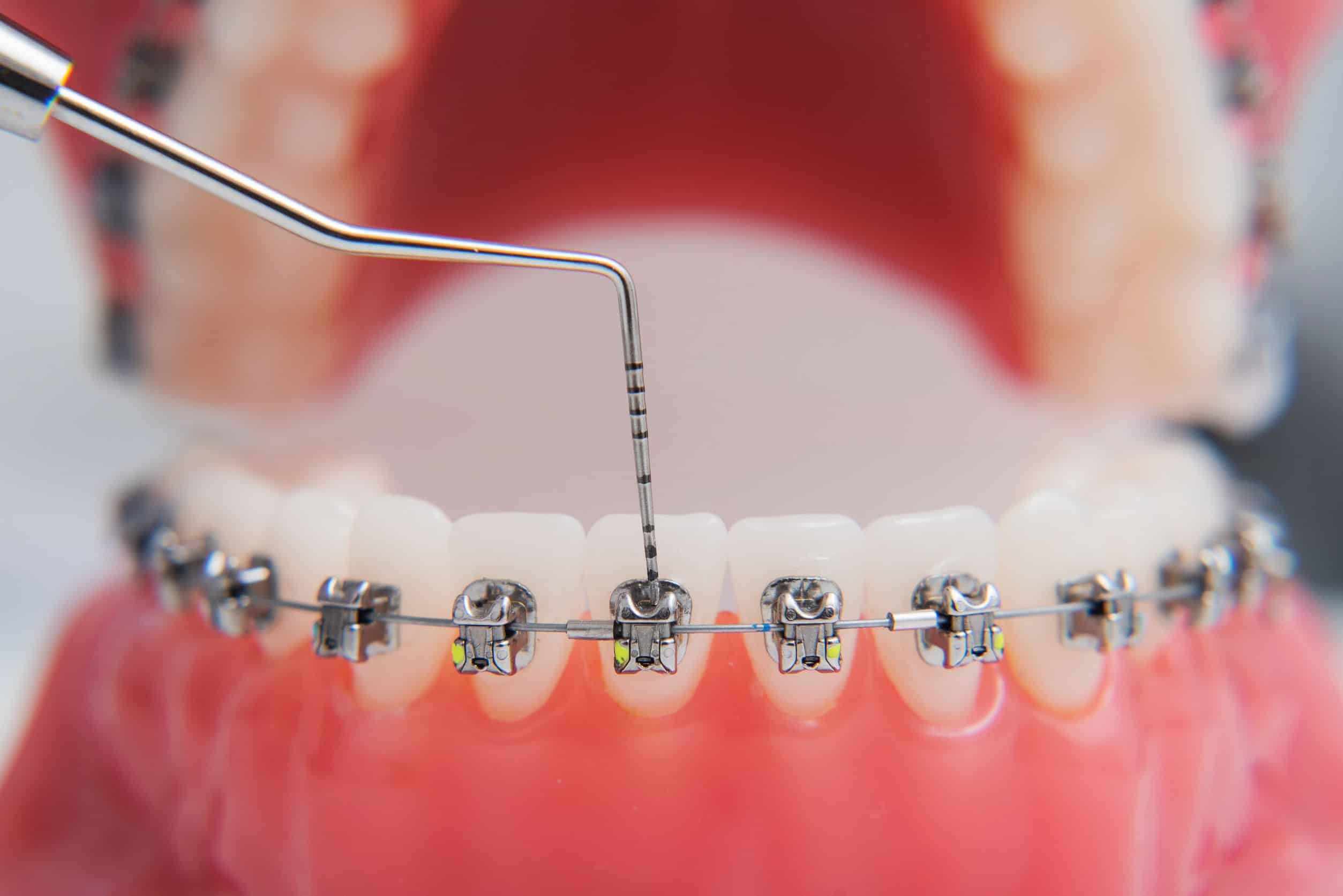The Basic Principles Of Legacy Orthodontics
The Basic Principles Of Legacy Orthodontics
Blog Article
The Ultimate Guide To Legacy Orthodontics
Table of ContentsLegacy Orthodontics - The FactsHow Legacy Orthodontics can Save You Time, Stress, and Money.Not known Details About Legacy Orthodontics Legacy Orthodontics for DummiesThe smart Trick of Legacy Orthodontics That Nobody is Talking About
In enhancement, we offer flexible treatment schedules, flexible settlement choices and a fun, pleasurable experience.An orthodontist is a dentist educated to identify, prevent, and treat teeth and jaw abnormalities. Orthodontists function with people of all ages, from children to adults.
Malocclusion, or misaligned teeth, can lead to dental problems, consisting of tooth degeneration, periodontal condition, and difficult or painful eating. Not every person is birthed with straight teeth. If you have a poor bite or huge areas between your teeth, you may wish to seek advice from a dentist specializing in orthodontic care.
How Legacy Orthodontics can Save You Time, Stress, and Money.
( Picture Credit Report: DigitalVision/Getty Images) Orthodontists utilize repaired and removable oral devices, like dental braces, retainers, and bands, to transform the setting of teeth in your mouth. Orthodontic therapy is for oral problems, including: Crooked teethBite troubles, like an overbite or an underbiteCrowded teeth or teeth that are as well far apartJaw misalignmentThe goal of orthodontic therapy is to enhance your bite.
While you could believe of orthodontists as primarily for children or teens that require braces, they can remedy dental issues at any type of age. Orthodontists participate in university, dental college, and orthodontic college.
All orthodontists are dentists, but not all dental experts are orthodontists. Orthodontic residency programs offer extensive, focused guideline for dental professionals. They concentrate on two areas: Exactly how to properly and safely relocate teeth How to properly assist growth in the teeth, jaw, and faceOnce an orthodontist has completed training, they have the choice to come to be board certified.
The smart Trick of Legacy Orthodontics That Nobody is Talking About
Misalignment, or malocclusion, is the most usual factor people see an orthodontist. It is hereditary and is the result of dimension differences between the upper and lower jaw or between the jaw and teeth. Malocclusion causes tooth overcrowding, a twisted jaw, or uneven bite patterns. Malocclusion is generally treated with: Your orthodontist affixes steel, ceramic, or plastic square bonds to your teeth.
If you have just small malocclusion, you may have the ability to use clear braces, called aligners, rather than standard dental braces (https://www.interweave.com/plus_old/members/legacyortho/profile/). Some people need a headgear to help relocate teeth into line with pressure from outside the mouth. After braces or aligners, you'll need to put on a retainer. A retainer is a custom-made gadget that keeps your teeth in position.
They can produce additional room in the mouth without having to draw teeth. Orthodontists make use of wires, medical screws, or plates to support your jaw bone.
You may require to see an orthodontist if you have: Crowding or not adequate space for every one of your teethOverbite, when your upper teeth come your bottom teethUnderbite, when your bottom teeth are as well far forwardSpacing or issues with gapsCrossbite, which is when your top teeth fit behind your base teeth when your mouth is closedOpen bite or an upright gap in between your front bottom and upper teethMisplaced midline, when the facility of your bottom and upper teeth don't align Dealing with a dental malocclusion can: Make biting, chewing, and speaking easierImprove the balance of our face and your overall appearanceEase pain from temporomandibular joint problemsSeparate your teeth and make them much easier to clean, assisting avoid dental caries or cavities It's usually a dental practitioner who first notices misaligned teeth throughout a routine test.
How Legacy Orthodontics can Save You Time, Stress, and Money.

Throughout your initial orthodontic consultation, you'll likely have: A dental examPhotos taken of your face and smileDental X-raysPanoramic (360 degree) X-rays of your face and headImpressions to produce molds of your teethThese go to my site examinations will certainly aid your orthodontist recognize just how to continue with your therapy. braces. An orthodontist is a dental professional who's had training to treat your teeth and jaw
Orthodontists might carry out surgical treatment, exams,X-rays,and even more to help you acquire a much more comfortable, much healthier smile. An orthodontist is focused on your bite, so something like a cracked tooth would certainly be handled by a dental practitioner. Orthodontists are dentists but not all dental experts are orthodontists. Orthodontists are focused on your bite, or the method your teeth fit with each other, and the straightness of your teeth.
Ever before asked yourself exactly how stars constantly seem to have perfectly aligned teeth? Orthodontists are oral specialists who focus on correcting abnormalities in the teeth and jaws.
What Does Legacy Orthodontics Do?

, orthodontists have a diverse toolkit at their disposal. These reliable dental braces utilize a system of brackets bound to the teeth and linked by wires.
These detachable trays are personalized to considerably move the teeth's position. In situations of narrow jaws, palatal expanders can be utilized to create room for proper tooth positioning.
Report this page